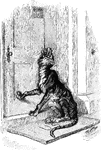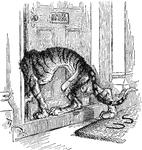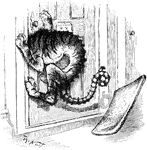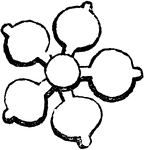
Couch Grass
Couch Grass (Triticum repens) is also referred to as Quitch Grass, Twitch Grass, Dog Grass, and Chandler…

Water Hair Grass
Water Hair Grass (Aira aquatica) is the sweetest of the British grasses. Its stems and leaves when green…
Wild Oat Grass
Wild Oat Grass (Danthonia spicata), also referred to as White Top grass, and Old Fog grass, is common…

Wild Oat Grass
Wild Oat Grass (Danthonia spicata), also referred to as White Top grass, and Old Fog grass, is common…

Wild Oat Grass
Wild Oat Grass (Danthonia spicata), also referred to as White Top grass, and Old Fog grass, is common…
Downy Oat Grass
The Downy Oat Grass (Trisetum pubescens) is naturalized in chalky soils and on such soils its leaves…

Tall Meadow Oat Grass
Tall Meadow Oat Grass (Arrhenatherum avenaceum), or Tall Oat Grass is the avena elatior of Linnaeus.…
Tall Meadow Oat Grass
Tall Meadow Oat Grass (Arrhenatherum avenaceum), or Tall Oat Grass is the avena elatior of Linnaeus.…
Meadow Soft Grass
The Meadow Soft Grass (Holcus lanatus), also referred to as Velvet Grass, has its spikelets crowded…
Reed Canary Grass
The Reed Canary Grass (Phalaris arundinacea) has a panicle that is slightly branched, clustered, and…

Reed Canary Grass
The Reed Canary Grass (Phalaris arundinacea) has a panicle that is slightly branched, clustered, and…
Common Millet
The Common Millet (Panicum miliaceum) flowers in large, open, nodding panicles. The leaves are lance-shaped…

Hungarian Grass
Hungarian Grass (Panicum Germanicum) is an annual forage plant. It germinates readily, withstands the…
Finger-spiked Wood Grass
Fiinger-spiked Wood Grass (Andropogon furcatus) grows about four feet high. The leaves are smooth, the…

Finger-spiked Wood Grass
Fiinger-spiked Wood Grass (Andropogon furcatus) grows about four feet high. The leaves are smooth, the…

Finger-spiked Wood Grass
Fiinger-spiked Wood Grass (Andropogon furcatus) grows about four feet high. The leaves are smooth, the…

Finger-spiked Wood Grass
Fiinger-spiked Wood Grass (Andropogon furcatus) grows about four feet high. The leaves are smooth, the…

Indian Corn
Maize known as corn by most English-speakers, is a cereal grain domesticated in Mesoamerica and subsequently…
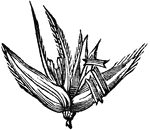
Indian Corn
Maize known as corn by most English-speakers, is a cereal grain domesticated in Mesoamerica and subsequently…
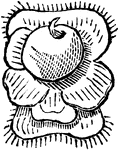
Indian Corn
Maize known as corn by most English-speakers, is a cereal grain domesticated in Mesoamerica and subsequently…

Indian Corn
Maize known as corn by most English-speakers, is a cereal grain domesticated in Mesoamerica and subsequently…

Red Clover
Red Clover (Trifolium pratense) is a species of clover. The Red Clover can readily be distinguished…
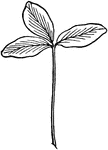
Red Clover
Red Clover (Trifolium pratense) is a species of clover. The Red Clover can readily be distinguished,…

Red Clover
Red Clover (Trifolium pratense) is a species of clover. The Red Clover can readily be distinguished…

White Clover
The White Clover ((Trifolium repens) stems are spreading, slender and creeping. The leaves are are inversely…

White Clover
The White Clover ((Trifolium repens) stems are spreading, slender and creeping. The leaves are are inversely…

Sainfoin
Sainfion (Hedysarum onobrychis), a hay, is a leguminous plant with many straggling, tapering, smooth,…
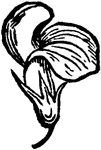
Sainfoin
Sainfion (Hedysarum onobrychis), a hay, is a leguminous plant with many straggling, tapering, smooth,…

Sainfoin
Sainfion (Hedysarum onobrychis), a hay, is a leguminous plant with many straggling, tapering, smooth,…
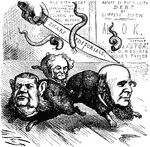
White-Washing Committee's Reports
Criticism for the "White-Washing Committee's report on the "ring's" accounts. The "White-Washing Committee"…
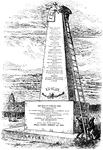
Greeley Covers Monument of Infamy
Horace Greeley covering the "Monument of Infamy" associated with Tammany Democrats. "The whited sepulcher…
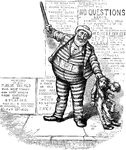
Tweed-le-dee and Tilden-dum
The cartoon that captured Tweed. Reform Tweed: "If all the people want is to have somebody arrested,…
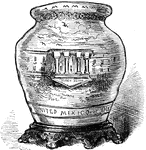
White House Turned Upside Down
Potter designs a jar with the White House turned upside down and the United Mexico of America at the…
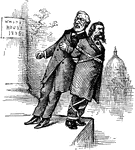
Blaine Pushing Logan
During the 1884 Presidential Election, James Blaine lean towards John Logan to push him off the White…
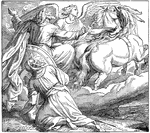
Elijah Taken up into Heaven
"And it came to pass, as they still went on, and talked, that, behold, there appeared a chariot of fire,…
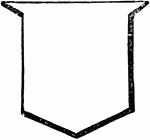
Argent
"ARGENT. The French word for silver, of which metal all white fields or charges are supposed to consist."…

Combination Horizontal Alignment/Intersection, Black and White
"The horizontal alignment Turn signs may be used in advance of situations where the horizontal roadway…

U-Turn, Black and White
The horizontal alignment signs may be used in advance of situations where the horizontal roadway alignment…
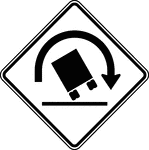
Truck Rollover Warning, Black and White
"A Truck Rollover Warning sign may be used to warn drivers of vehicles with a high center of gravity,…
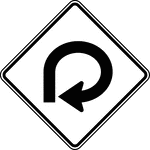
270 Degree Loop, Black and White
The horizontal alignment signs may be used in advance of situations where the horizontal roadway alignment…
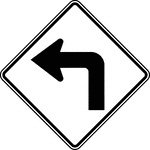
Left Turn, Black and White
The horizontal alignment Turn may be used in advance of situations where the horizontal roadway alignment…
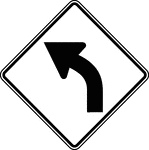
Left Curve, Black and White
The horizontal alignment Curve may be used in advance of situations where the horizontal roadway alignment…
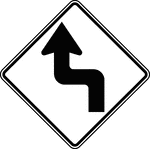
Reverse Turn, Black and White
The horizontal alignment Reverse Turn signs may be used in advance of situations where the horizontal…
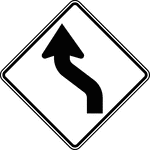
Reverse Curve, Black and White
The horizontal alignment Reverse Curve signs may be used in advance of situations where the horizontal…
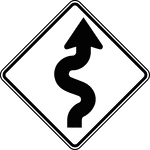
Winding Road, Black and White
The horizontal alignment Winding Road signs may be used in advance of situations where the horizontal…

One-Direction Large Arrow, Black and White
The horizontal alignment signs may be used in advance of situations where the horizontal roadway alignment…
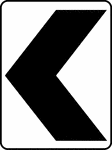
Chevron Alignment, Black and White
The horizontal alignment signs may be used in advance of situations where the horizontal roadway alignment…
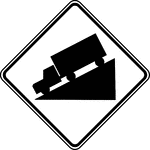
Hill, Black and White
The Hill sign should be used in advance of a downgrade where the length, percent of grade, horizontal…
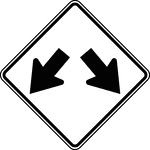
Double Arrow, Black and White
The Double Arrow sign may be used to advise road users that traffic is permitted to pass on either side…

Dead End, Black and White
The DEAD END sign may be used at the entrance of a single road or street that terminates in a dead end…
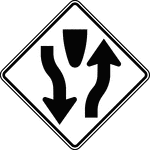
Divided Highway, Black and White
A Divided Highway symbol sign should be used on the approaches to a section of highway (not an intersection…
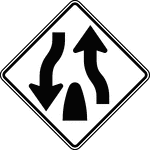
Divided Highway Ends, Black and White
A Divided Highway Ends symbol sign should be used in advance of the end of a section of physically divided…
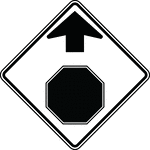
Stop Ahead, Black and White
The Advance Traffic Control symbol signs includes the Stop Ahead sign. These signs shall be installed…
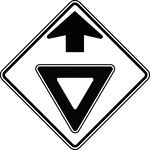
Yield Ahead, Black and White
The Advance Traffic Control symbol signs includes the Yield Ahead sign. These signs shall be installed…
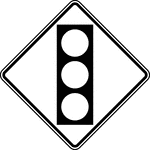
Signal Ahead, Black and White
The Advance Traffic Control symbol signs includes the Signal Ahead sign. These signs shall be installed…
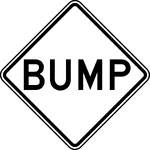
Bump, Black and White
BUMP signs should be used to give warning of a sharp rise or depression in the profile of the road.
